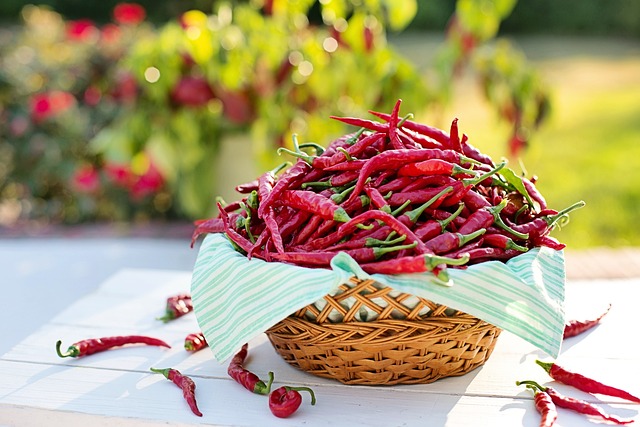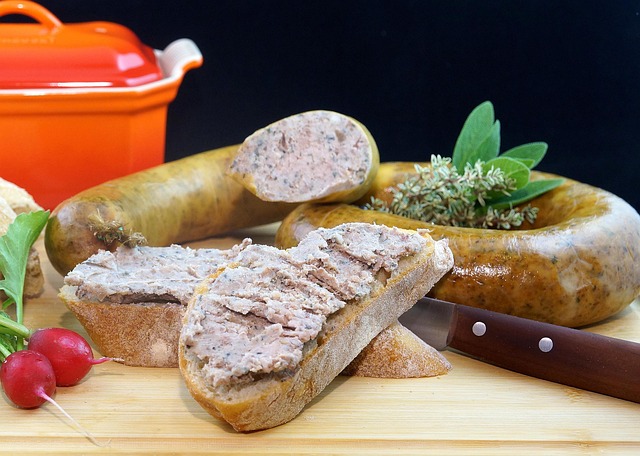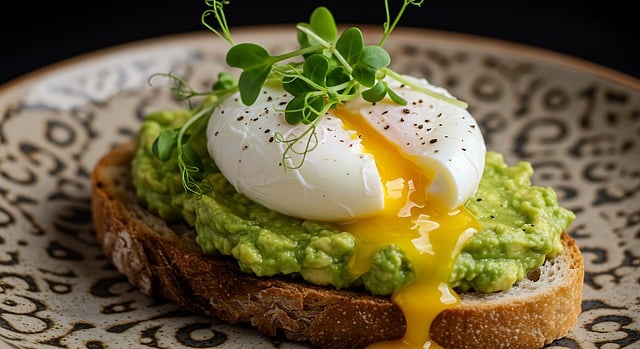The Ultimate Guide to Growing Hot Peppers: A Spicy Delight in Your Vegetable Garden
If you’re passionate about adding a little heat and excitement to your vegetable garden, growing hot peppers is the perfect way to ignite your green thumb. These fiery fruits aren’t just for chefs and spice lovers—they’re vibrant plants that bring life, color, and bold flavor right to your backyard.
Why Grow Hot Peppers?
Hot peppers offer more than just a spicy kick. They’re incredibly versatile in the kitchen and can transform everyday dishes into memorable meals. Plus, cultivating your own hot pepper plants gives you fresh, organic peppers at your fingertips, with varieties ranging from mildly piquant to devilishly pungent. Growing hot peppers also encourages a sense of accomplishment as you nurture your plants from seedlings to mature, fruit-bearing beauties.
Choosing the Right Hot Pepper Variety
One of the joys of growing hot peppers is the diversity of options available. Whether you crave the gentle warmth of a Jalapeño or the intense fire of a Ghost Pepper, there’s a variety to match your spice tolerance and culinary creativity.
- Bell Peppers: Mild and sweet, perfect for versatility, though technically not “hot.”
- Jalapeño: Classic, moderate heat—great for beginners.
- Habanero: Fruity and extremely spicy, ideal for adventurous gardeners.
- Ghost Pepper (Bhut Jolokia): One of the hottest in the world for daring pepper lovers.
Planting and Growing Tips
Consistency and care are key to a thriving hot pepper garden. Here’s how to ensure your plants flourish:
- Start Indoors: Begin seeds indoors 8-10 weeks before the last expected frost. Hot pepper seeds love warmth to germinate—aim for a cozy 75-85°F.
- Sunlight: Hot peppers crave full sun—at least 6 hours a day is essential for strong growth and spicy fruit development.
- Soil: Use well-draining soil rich in organic matter. Hot peppers prefer slightly acidic to neutral pH (6.0-7.0).
- Watering: Keep the soil consistently moist but not soggy. Overwatering can lead to root problems.
- Fertilization: Use a balanced fertilizer to support healthy foliage and abundant peppers. Avoid too much nitrogen, which encourages leaf growth over fruit production.
Harvesting Your Hot Peppers
The moment you’ve been waiting for—harvest! Most hot peppers are ready to pick 60-90 days after transplanting. For the best heat and flavor, allow the peppers to fully ripen on the plant; many turn from green to red, orange, or yellow.
Wear gloves when harvesting especially hot varieties, like Habaneros or Ghost Peppers, to avoid irritation. Use scissors or pruning shears to snip the peppers gently, preserving the plant for more growth.
Adding a Spicy Splash to Your Garden
Besides being delicious, hot peppers can also add an eye-catching splash of color to your vegetable garden—from bright reds to vibrant oranges and yellows. Their upright, bushy form makes them excellent companions to other vegetables or herbs, benefiting from shared warmth and same sunlight preferences.
Whether you’re looking to spice up your culinary creations or simply love the challenge and beauty of these fiery plants, growing hot peppers brings warmth and excitement to any vegetable garden. Dive into the world of hot peppers and experience the spicy delight yourself!




